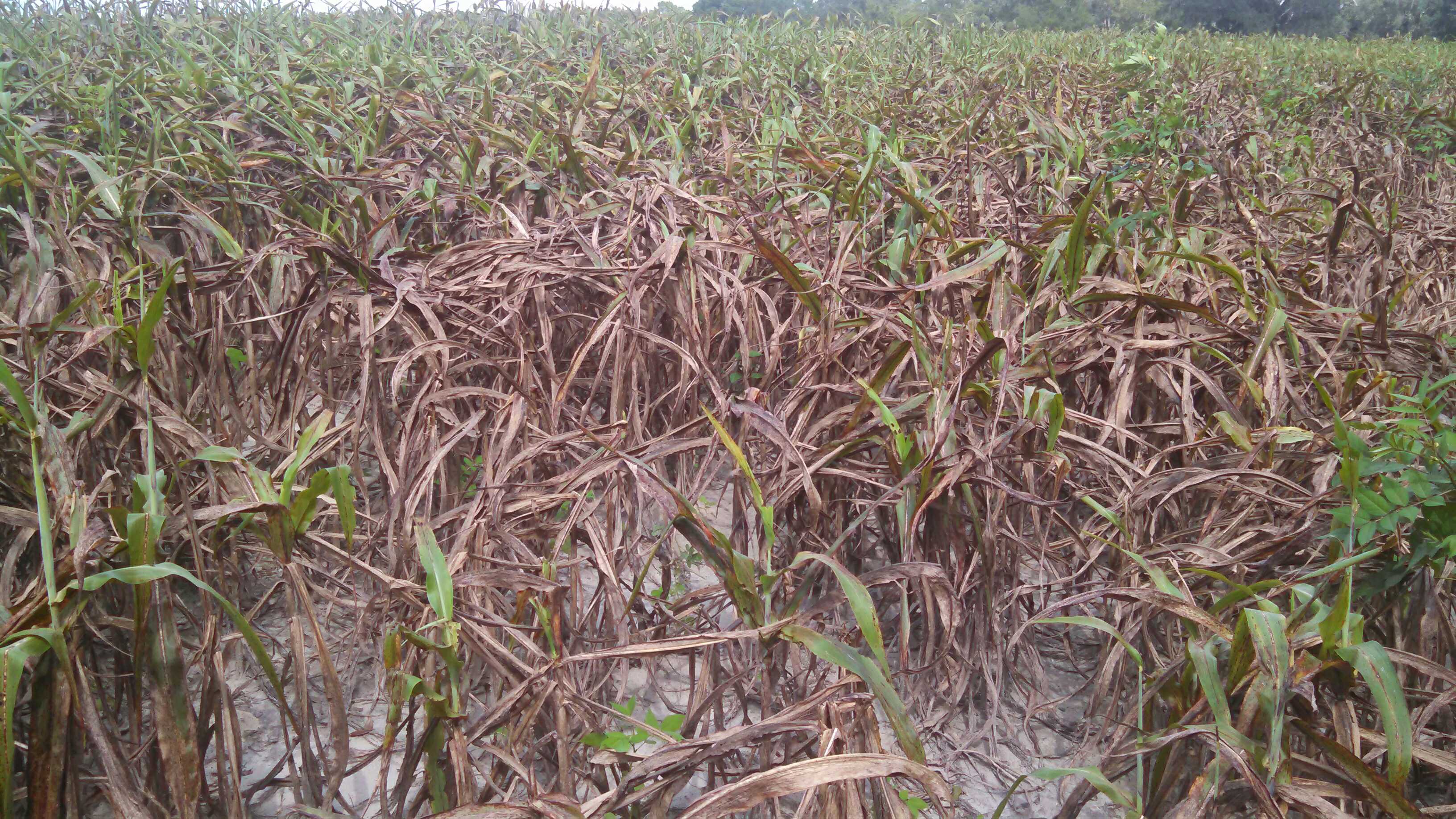The white sugar cane aphid is new, devastating pest this year in Florida sorghum. It has moved in from Texas, Louisiana, Mississippi and has been a major problem in Alabama and Georgia as well. For more information about the aphid, see White Sugarcane Aphid Spreading Across North Florida.
The only labeled treatments up until this week have been dimethoate and Lorsban (chlorpyrifos), neither of which have been providing adequate control of the white sugarcane aphid.
The EPA recently issued a Section 18 Emergency Exemption for the use of Transform WG (sulfoxaflor) in forage sorghum in Florida. Growers must follow the Transform Section 18 label guidelines for the product. Farmers may be familiar with Transform because it has a label for use in cotton for aphid control. The Section 18 will expire in December of this year, however, there is a chance there will be a supplemental label for continued use of this product in sorghum.
The use rate for Transform is 0.75 – 1.5 oz./acre with a max use of 3 oz./acre/year. Some extension specialists are recommending 2 applications of 1 oz. to adequately control white sugar cane aphids in sorghum.
Much thanks to Mace Bauer, Columbia County Extension and Dr. Gregg Nuessly, IFAS Entomologist, for spear-heading the effort to obtain the Section 18 exemption. For more information on controlling white sugar cane aphids in sorghum, contact your local UF/IFAS Extension Agent.
More Information:
Transform FL Section 18 Label for forage sorghum
- Carinata Starting to Come Up in Jackson County - December 12, 2014
- Wheat Production Considerations for 2014-2015 - November 10, 2014
- Peanut and Cotton Harvest Video 2014 - November 10, 2014


